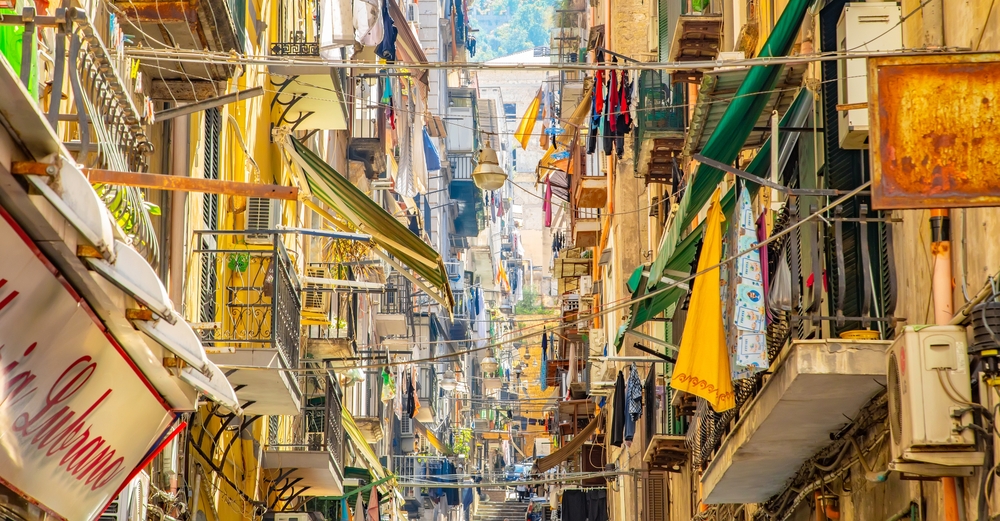Another piece of Italy ends up in the New York Time. Often mistreated, the city of Naples is world famous and one of the most visited places in Italy. The New York Times devoted extensive space to the Neapolitan wonders that are literally on the rise while contrasting them with the problems faced by young people in the Italian city itself.
Reporter Emma Bubola wrote a report dwelling on the contradictory aspect of the city. On the one hand, it has become an international star, celebrated for its authentic and seductive charm, immortalized in the pages of Elena Ferrante’s novels, in songs like Charli XCX’s “Everything is Romantic,” and in the glittering posts of celebrities and tourists on Instagram. This Naples presents itself as an aesthetic icon: a mosaic of tradition and modernity, with its quaint elders, crowded alleys, and the romance that emanates from the city’s chaos
On the other hand, Naples experiences a far harsher and less glamorous reality, especially in its poorer neighborhoods. Despite increased tourism, the city is plagued by high youth unemployment (43 percent), undeclared work, gun violence, and school dropouts. For many young Neapolitans, the city represents not an opportunity but a cage from which to escape.
This duality reflects a typically Italian paradox: Naples, like many other southern Italian cities, is both a cultural gem and a difficult land to inhabit, especially for its younger inhabitants. While foreigners fall in love with its beauty, young Neapolitans are discouraged by its daily challenges.
Naples, then, is not only a dream destination, but also a reminder to reflect on the inequalities and difficulties that many face beyond the idyllic images shared on social media.
The reporter dwells on the many young people who have lost their lives on the job, in most cases not being in compliance, in the black. One aspect that highlights political mismanagement with the presence of even the Camorra that have often hindered young people from working. Crimes are on the rise, just as guns are on the rise among many marginalized young Italians. A situation, however, that does not end up on Instagram and TikTok, where there instead they showcase the beauty and charm of a city that instead hide the flaws of the city of Naples, a place instead full of pitfalls especially for young people.
The article Naples as told by the New York Times: the city you don’t see on social media comes from TheNewyorker.

